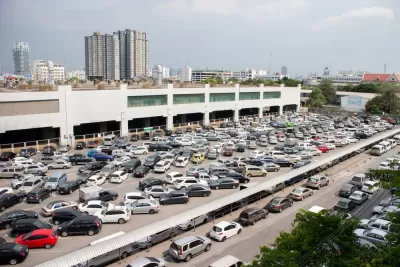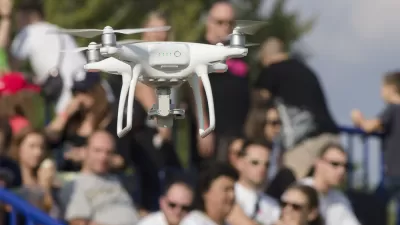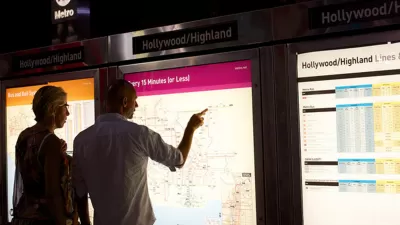Technology startup Parkifi seeks to use the Internet of Things to address the long-lamented problem of congestion created by drivers seeking parking.

Drivers in Denver can now use a smartphone app to locate open parking spaces with an accuracy rate that reportedly exceeds 99 percent.
Using a combination of "way-finding, data analytics and Internet of Things technologies," Parkifi equips parking spots with sensors that automatically communicate with the app via Bluetooth and radio, the Denver Post reports.
When the app launches, users can see potential parking spots in red, green and yellow based on a “confidence score” to show drivers the likelihood of finding a spot. However, press the little ParkiFi icon, and the driver is immediately navigated to the best spot.
Parkifi is partnering with the city of Denver, where it is based, to equip off-street lots with sensors. In early 2017, more features will be added, including the option to pay for parking within the app.
The Post notes that Denver has also pursued other tech-based approaches to parking and congestion, and sees possibilities for growth in that space:
By combining IoT sensors that communicate with mobile apps, operators can also collect data on how long spots stay filled, the lot’s busiest hours and returning patrons. Parking managers can use that big data to market to or reward customers and use the technology to automatically reroute drivers or change prices based on demand.
FULL STORY: ParkiFi mashes IoT and data analytics to offer better sense of where to park downtown

Alabama: Trump Terminates Settlements for Black Communities Harmed By Raw Sewage
Trump deemed the landmark civil rights agreement “illegal DEI and environmental justice policy.”

Study: Maui’s Plan to Convert Vacation Rentals to Long-Term Housing Could Cause Nearly $1 Billion Economic Loss
The plan would reduce visitor accommodation by 25% resulting in 1,900 jobs lost.

Why Should We Subsidize Public Transportation?
Many public transit agencies face financial stress due to rising costs, declining fare revenue, and declining subsidies. Transit advocates must provide a strong business case for increasing public transit funding.

Wind Energy on the Rise Despite Federal Policy Reversal
The Trump administration is revoking federal support for renewable energy, but demand for new projects continues unabated.

Passengers Flock to Caltrain After Electrification
The new electric trains are running faster and more reliably, leading to strong ridership growth on the Bay Area rail system.

Texas Churches Rally Behind ‘Yes in God’s Back Yard’ Legislation
Religious leaders want the state to reduce zoning regulations to streamline leasing church-owned land to housing developers.
Urban Design for Planners 1: Software Tools
This six-course series explores essential urban design concepts using open source software and equips planners with the tools they need to participate fully in the urban design process.
Planning for Universal Design
Learn the tools for implementing Universal Design in planning regulations.
Caltrans
Smith Gee Studio
Institute for Housing and Urban Development Studies (IHS)
City of Grandview
Harvard GSD Executive Education
Toledo-Lucas County Plan Commissions
Salt Lake City
NYU Wagner Graduate School of Public Service




























